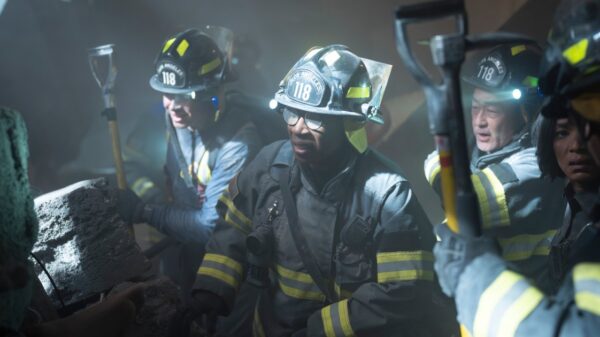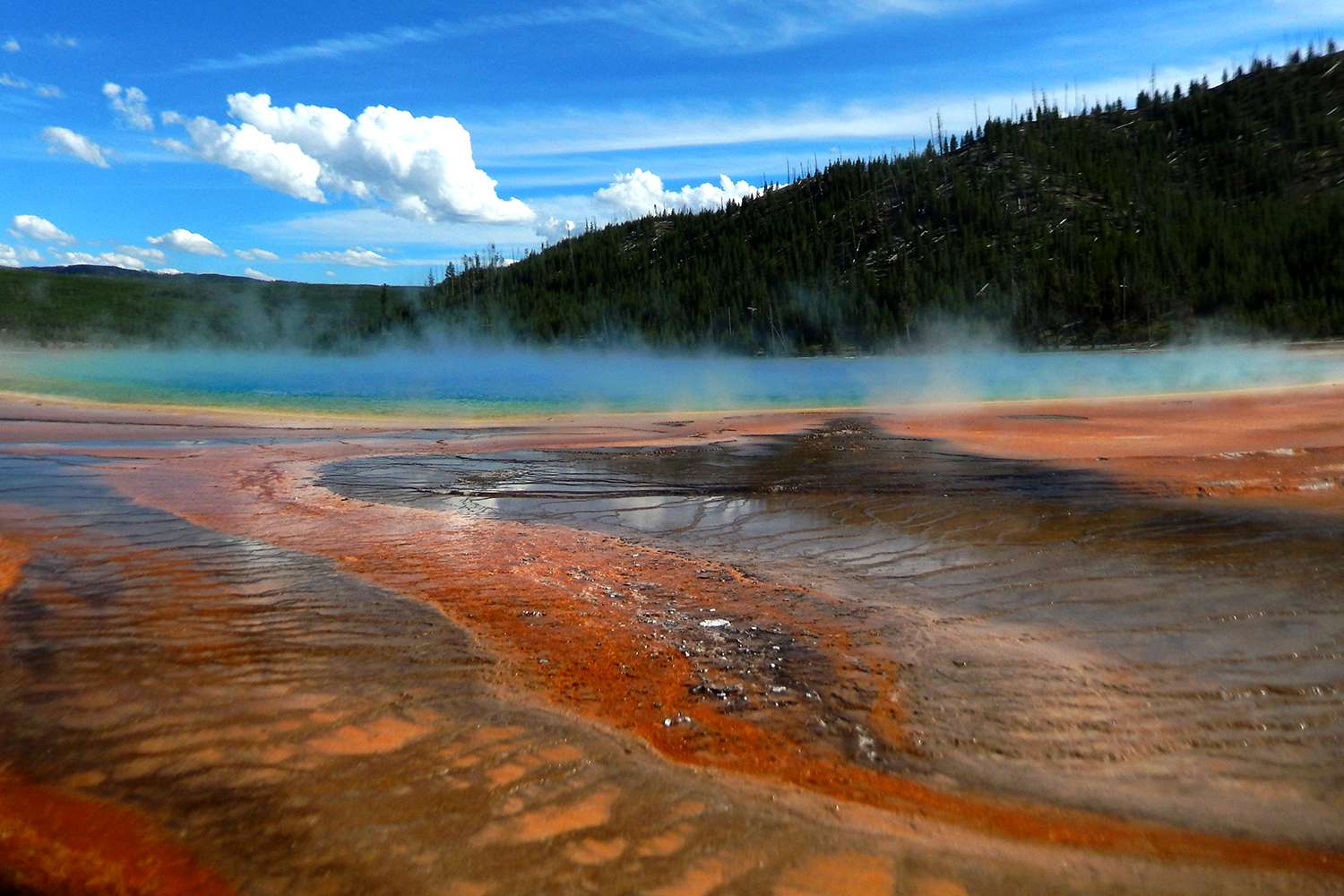- Scientists discovered a magma cap under the surface of Yellowstone National Park
- The cap acts as a lid, making sure the pressure and heat below remain trapped
- Scientists say the stability of the cap likely plays a role in preventing a large volcanic eruption
A magma cap that is likely playing a critical role in preventing a huge volcanic eruption has been found at Yellowstone National Park, according to new research by Rice University.
According to the news release, researchers from Rice University, the University of New Mexico, the University of Utah and the University of Texas at Dallas found a “sharp, volatile-rich cap” located 3.8 kilometers under the park’s surface.
The cap, which is made out of magma, “acts like a lid, helping to trap pressure and heat below it,” the release reads.
Using controlled-source seismic imaging and advanced computer models, the geoscientists’ findings suggested that the Yellowstone magma reservoir is actively releasing gas while remaining in a stable state.
PEOPLE has contacted Yellowstone National Park for comment.
“For decades, we’ve known there’s magma beneath Yellowstone, but the exact depth and structure of its upper boundary has been a big question,” Brandon Schmandt, who led the research alongside Rice’s Chenglong Duan, said. “What we’ve found is that this reservoir hasn’t shut down — it’s been sitting there for a couple million years, but it’s still dynamic.”
According to ABC News, researchers discovered in 2022 that Yellowstone’s supervolcano had more magma reservoir under the caldera than was previously believed.
The PEOPLE Puzzler crossword is here! How quickly can you solve it? Play now!
Discussing their recent findings, Duan, a postdoctoral research associate, said the team were able to make one of the first “super clear images of the top of the magma reservoir.”
“The motivation behind my research is to advance structural seismic imaging beyond the limits of conventional travel-time methods,” he said. “Using a wave-equation imaging technique I developed during my Ph.D. for irregular seismic data, we made one of the first super clear images of the top of the magma reservoir beneath Yellowstone caldera.”
“Seeing such a strong reflector at that depth was a surprise,” Schmandt added. “It tells us that something physically distinct is happening there — likely a buildup of partially molten rock interspersed with gas bubbles.”
Never miss a story — sign up for PEOPLE’s free daily newsletter to stay up-to-date on the best of what PEOPLE has to offer, from juicy celebrity news to compelling human interest stories.
Schmandt went on to say that despite the discovery of a “volatile-rich layer,” its “bubble and melt contents are below the levels typically associated with imminent eruption.”
“Instead, it looks like the system is efficiently venting gas through cracks and channels between mineral crystals, which makes sense to me given Yellowstone’s abundant hydrothermal features emitting magmatic gases,” he said, adding that the system was like “steady breathing,” where the bubbles rise and escape through the porous rock — a natural pressure-release valve that lowers eruption risk.
Read the full article here










































